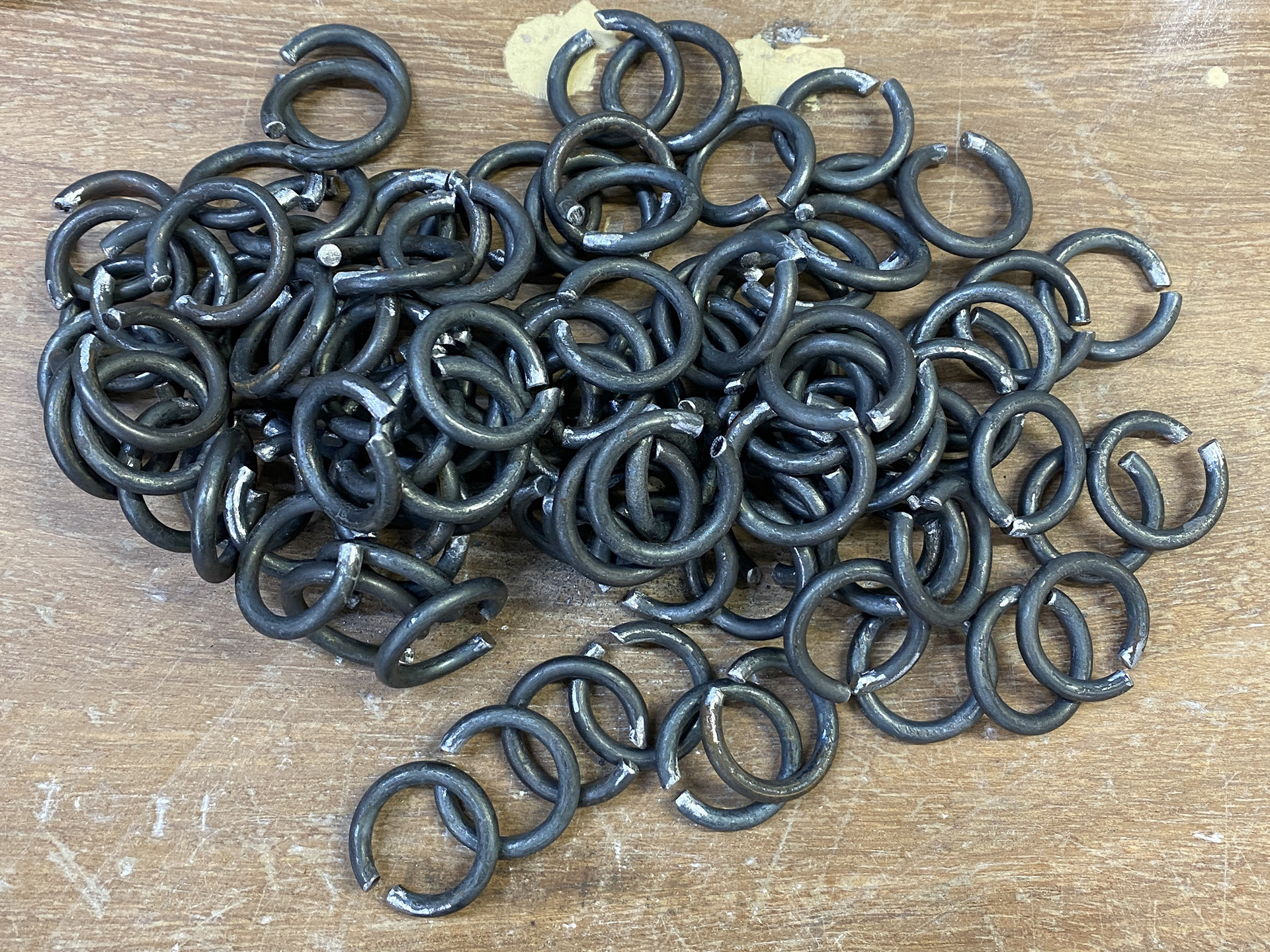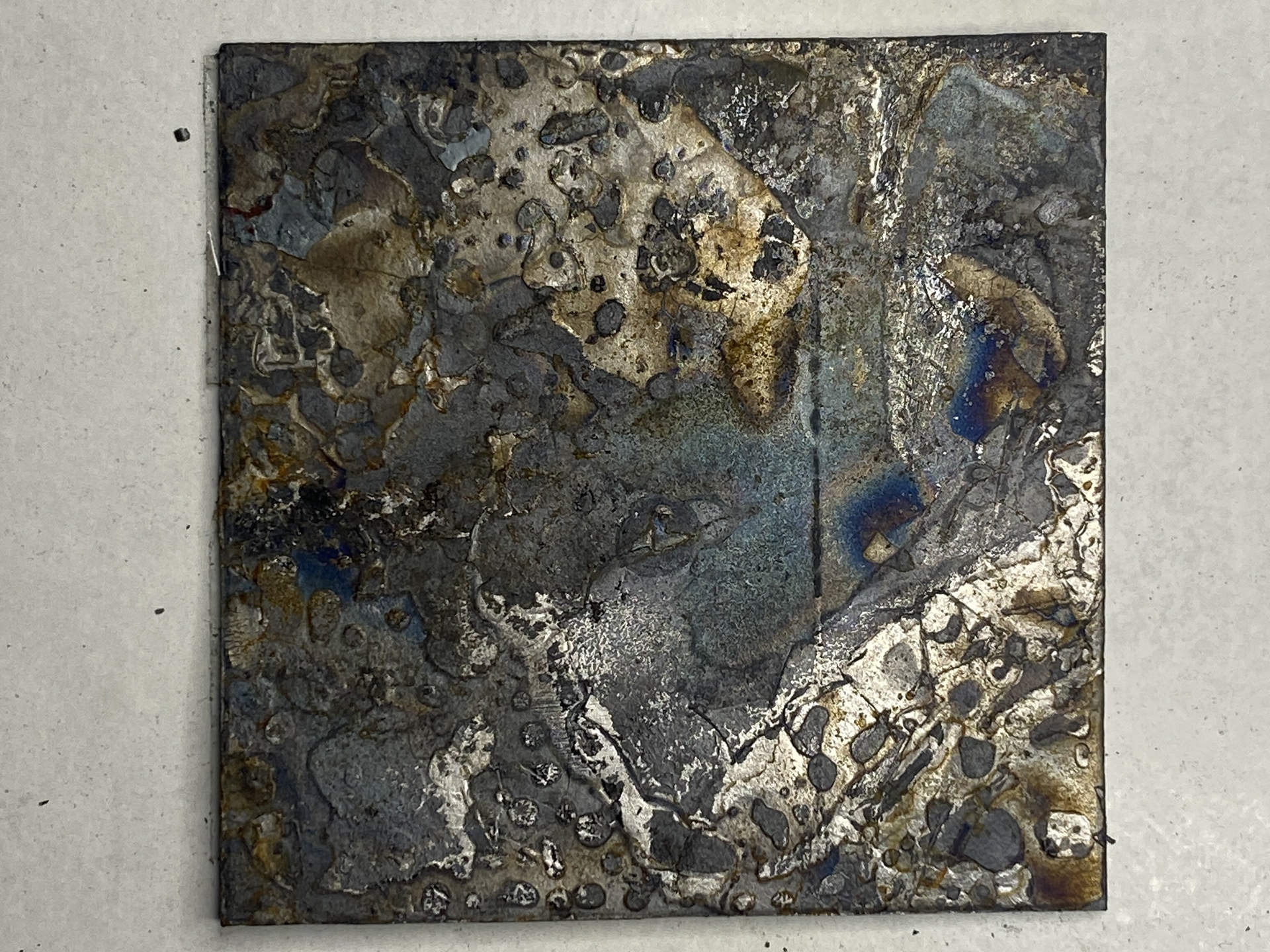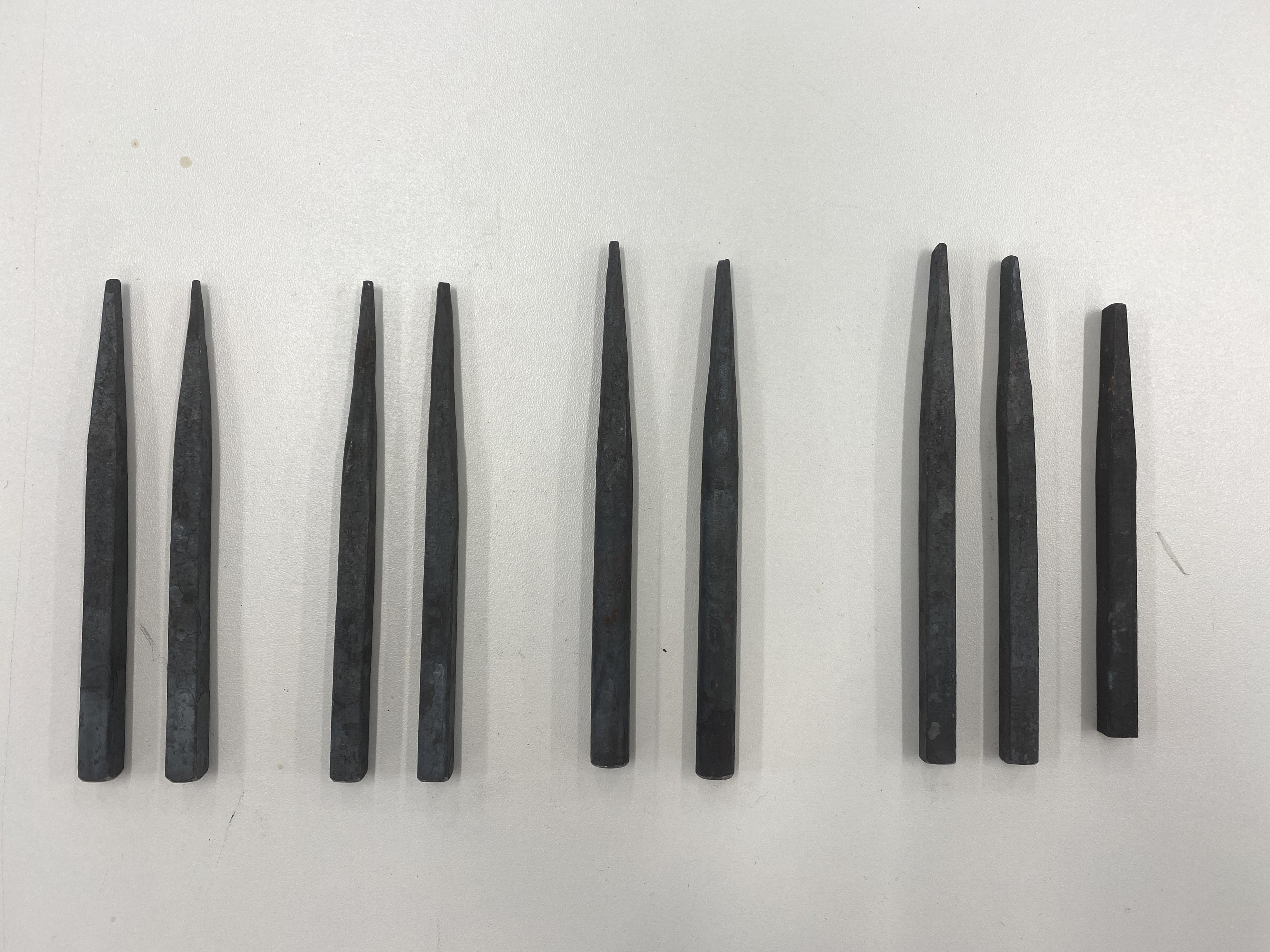


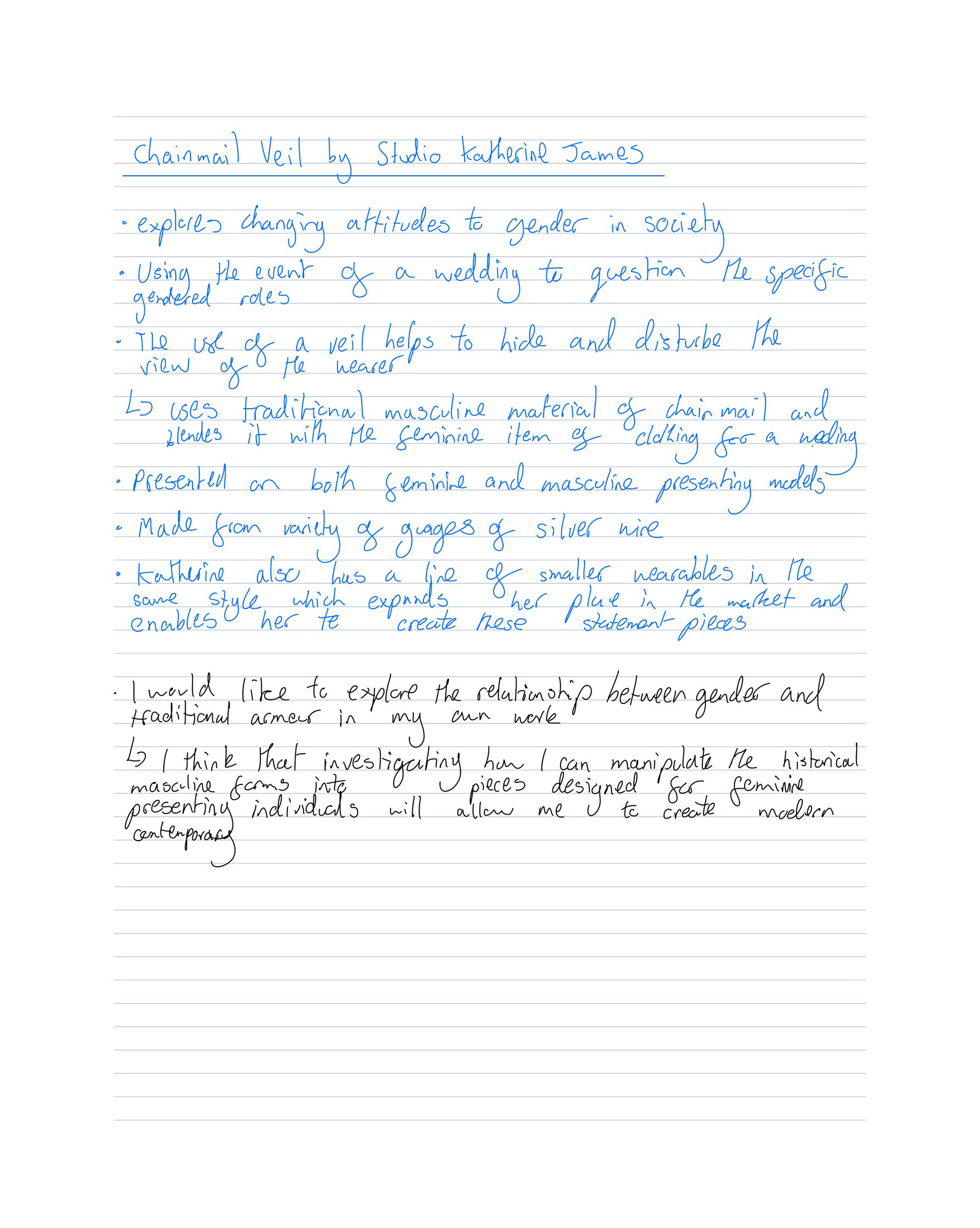

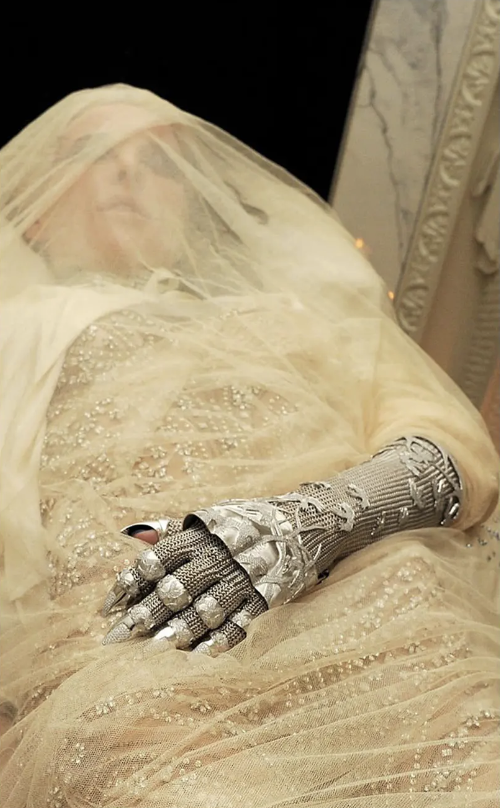
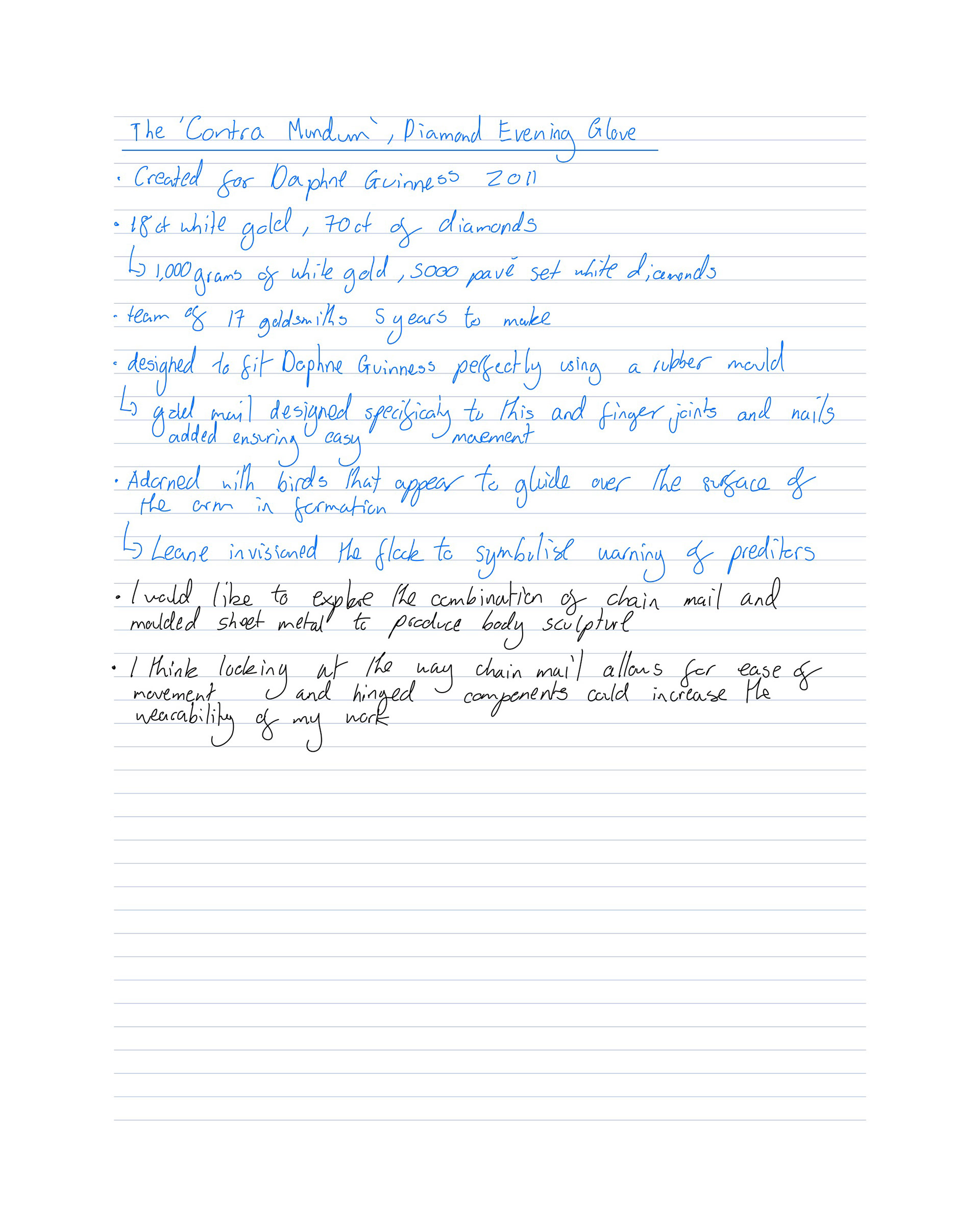
Research into St. Joan of Arc
Many of the works and collections I have researched reference St. Joan of Arc. Therefore, I investigated her history to gain a greater understanding of the works inspiration and the presentation of armour on the female figure.
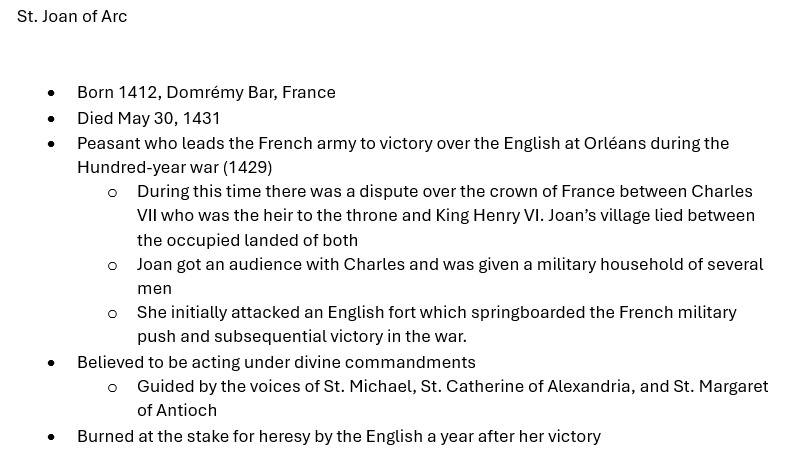
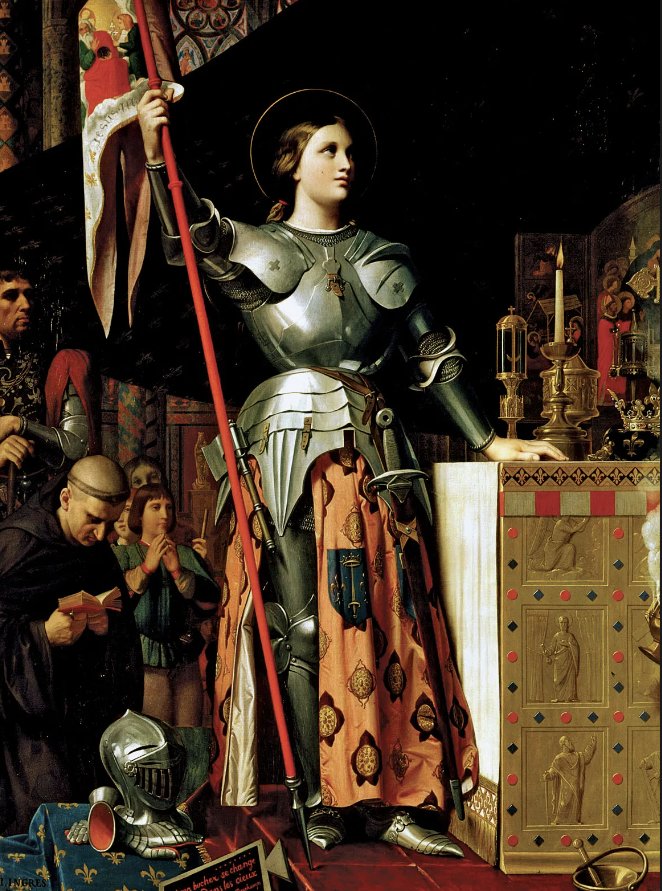
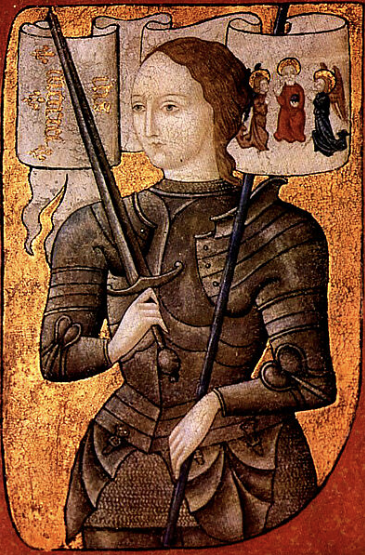

Look 1
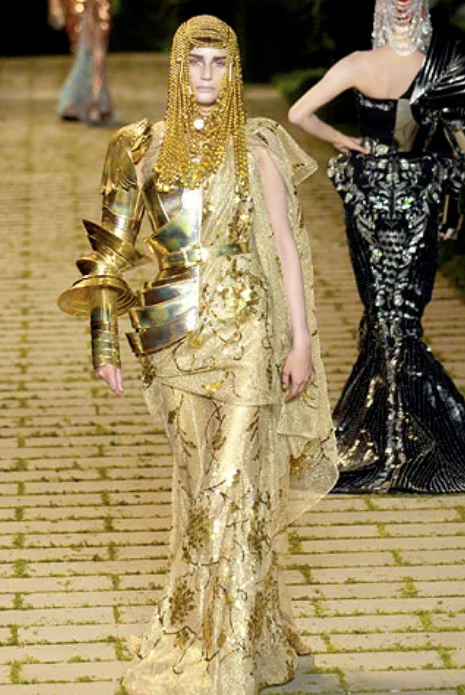
Look 2
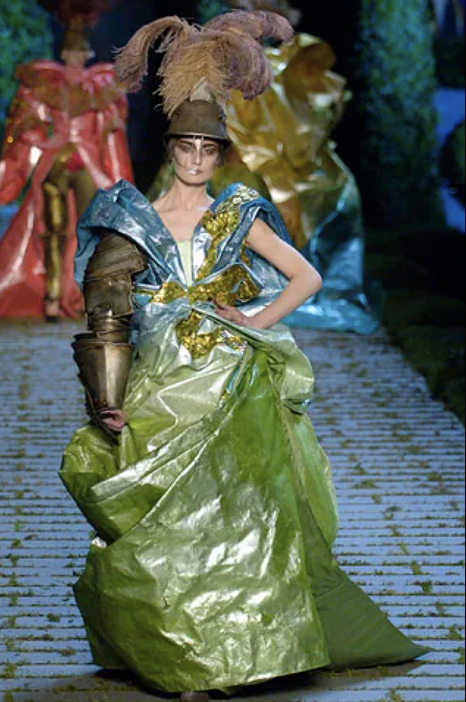
Look 36
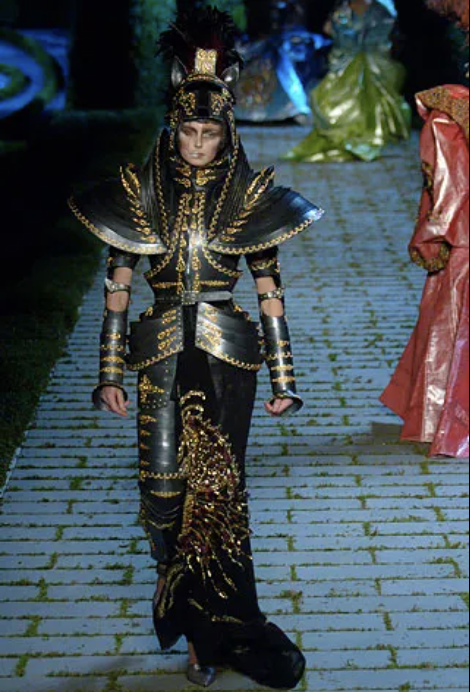
Look 38
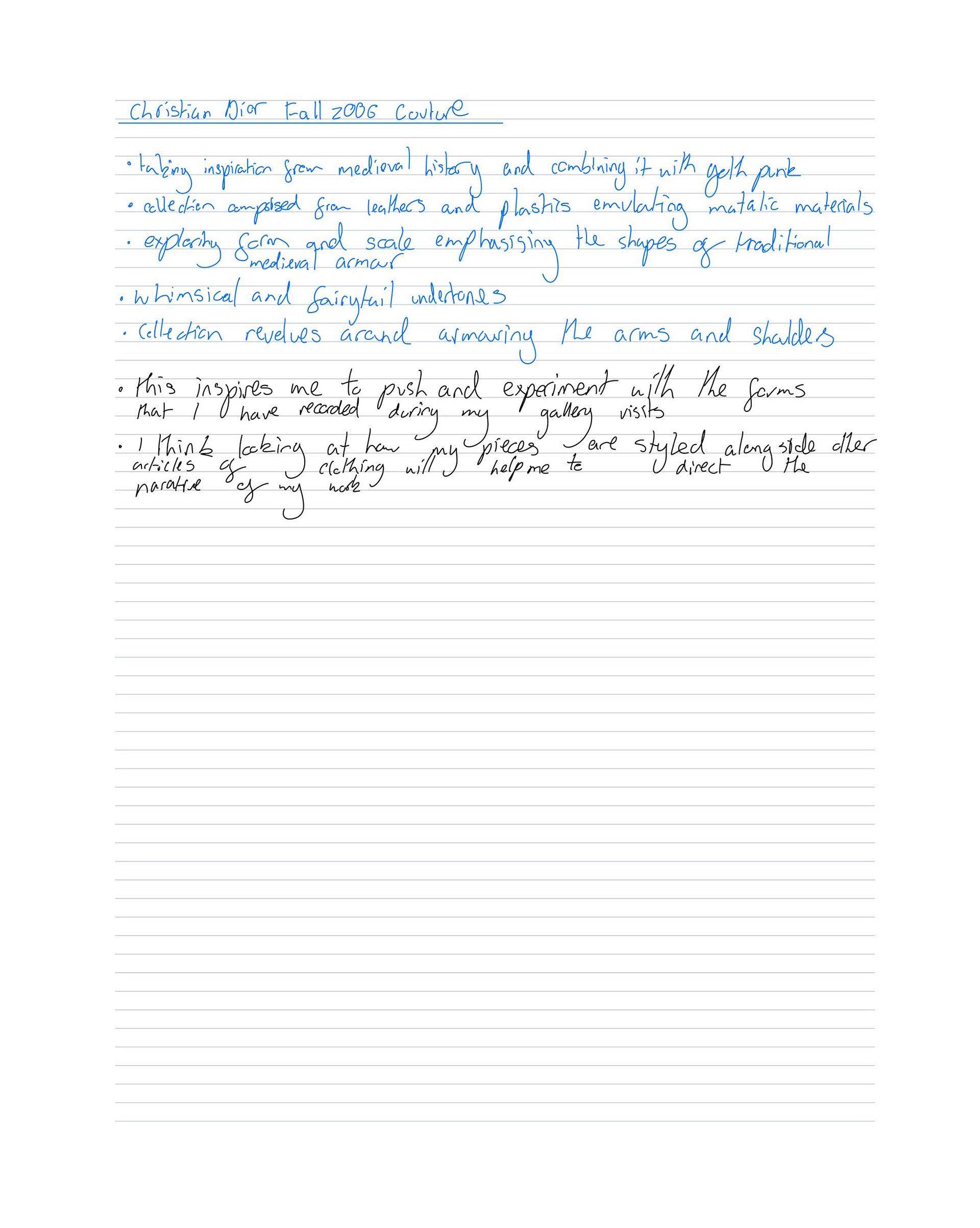

Look 44
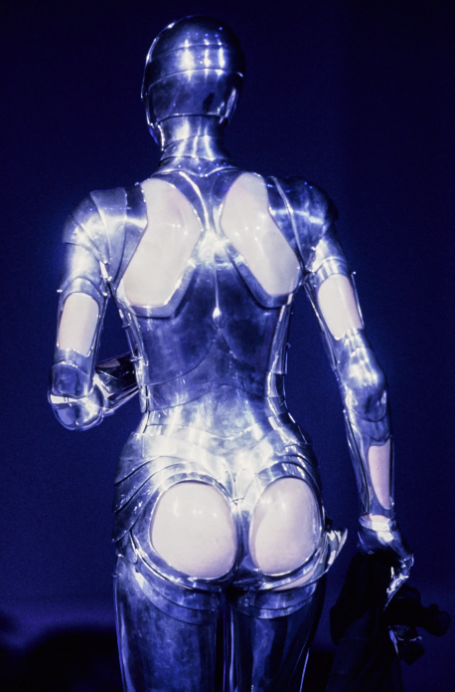
Look 44


Look 101

Look 101
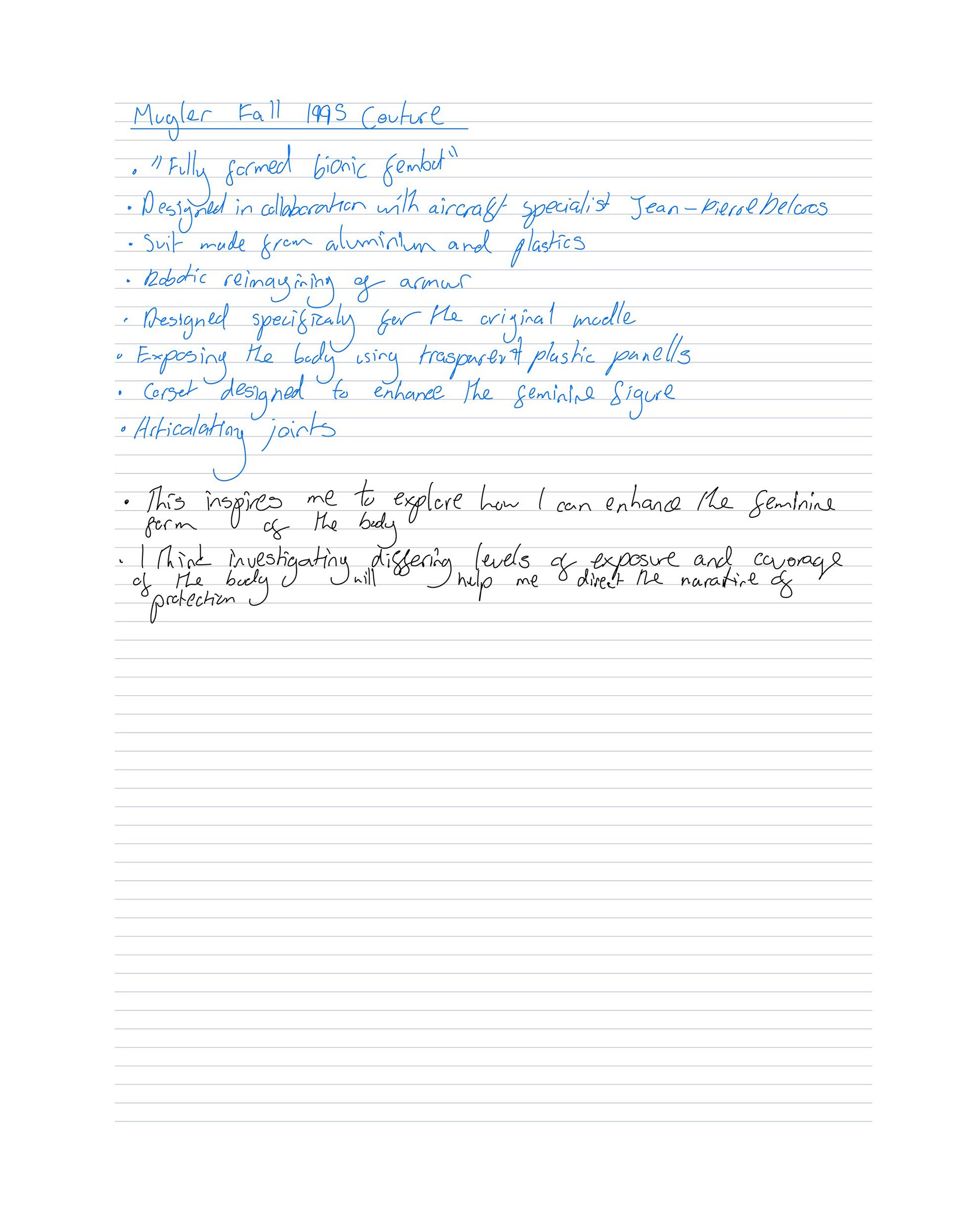

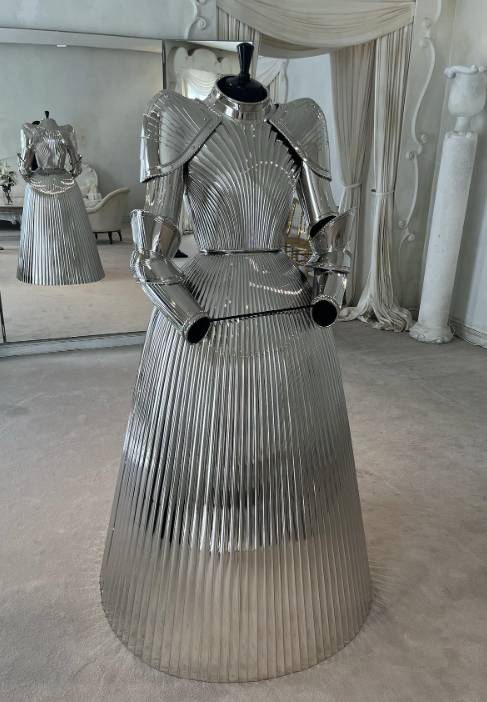
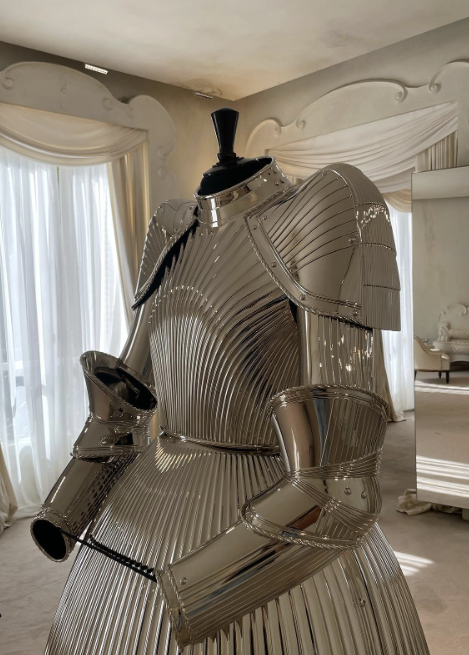


Look 10

Look 13
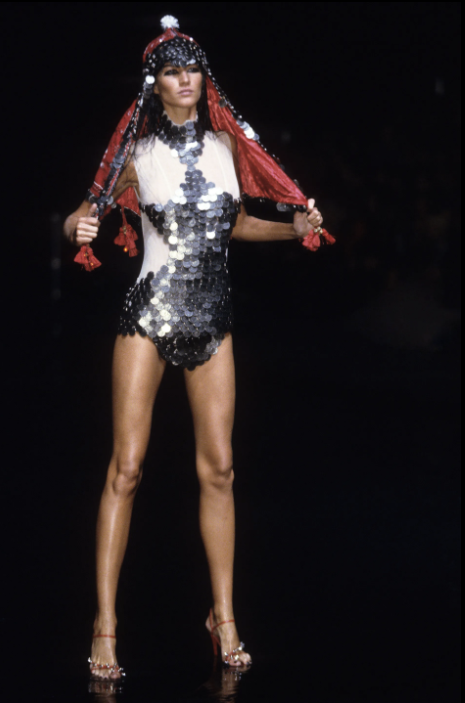
Look 15
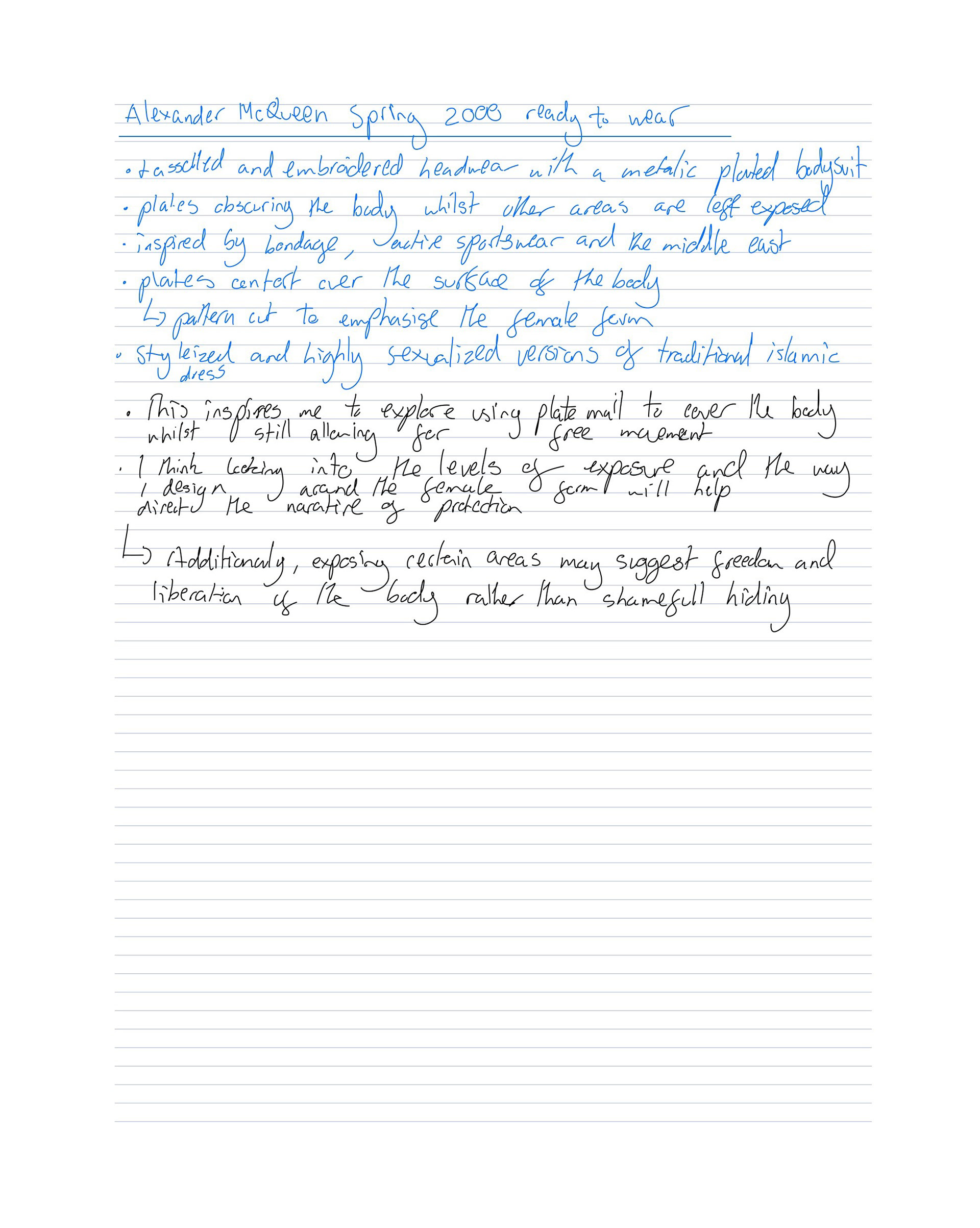
Chainmail Aspect Ratios
· “AR is the ratio of the Inner Diameter of the ring, ID, to the Wire Diameter, WD”
· The AR controls how tight the weave is, and dictates if the weave can be physically produced at all
· If the AR is too low “the weave becomes too tight to fit in subsequent rings”
· Even if two weaver have different sized rings if the AR is the same it will have the same flexibility and feel
· AR is the ratio between the internal diameter of the ring compared to 4 wire diameters that cross this space
· How many links can fit through the ring and how flexible the weave
· Weave patterns = “instructions for the weave and a way of working with the rings”
· Gives instructions of the pattern but no determination of the size of the finished piece
· Project patterns = making a specific piece or project
· Discuss specific sizes of rings skipping the need for AR
· “makes a specific thing of a specific size”

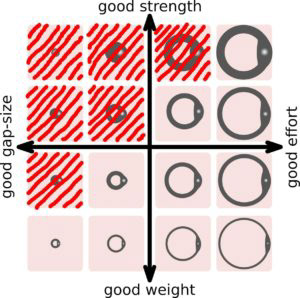
Shows the relationship between the Internal Diamiter (ID) and the Wire Diamiter / Thickness (WD)
"The graph shows possible rings. If we move horizontally, the inner diameter changes.
If we move vertically the wire diameter changes."
If we move vertically the wire diameter changes."
Larger inner diameter = faster to produce, less material
Smaller inner diameter = slower to produce, more material,
Thinner wire = less protection, lighter
Thicker wire = more protection, heavier
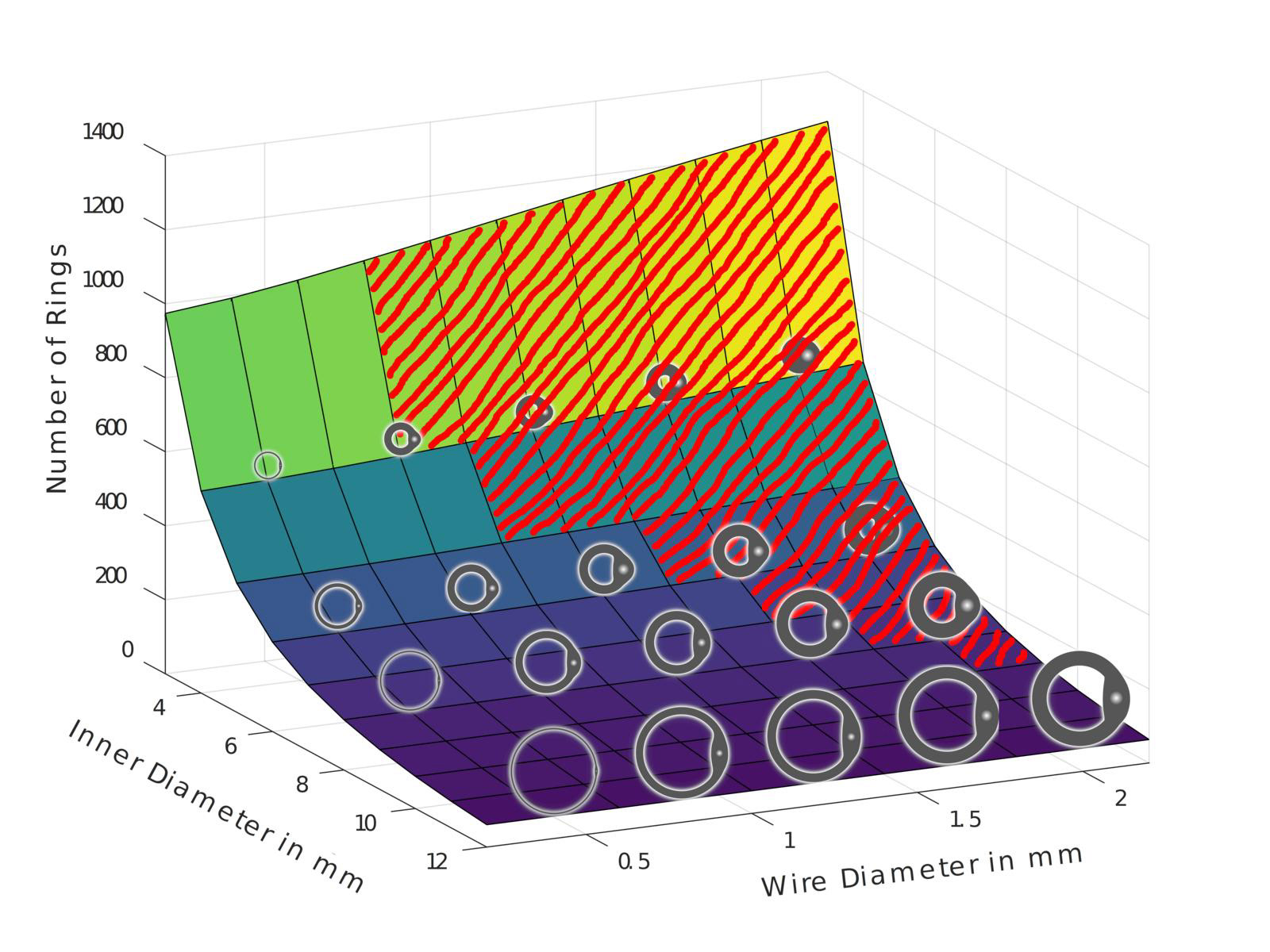

These graphs show the varying ID and WD to produce a sheet of 10cm by 10cm European 4 in 1, and thus how many links are required and its weight. The area shaded in red is not physically possible to produce as the ID is too small for the links to fit through. The area shaded in green is their recommendation for balancing the effort and protection provided, in a historical context.
Varying the WD doesn’t have much effect of the number of rings needed, however the ID dramatically changes this. The smaller the ID the longer it takes to produce the same sized sheet.
The larger the ID and smaller the WD results in a sheet that can easily be pocked through.



